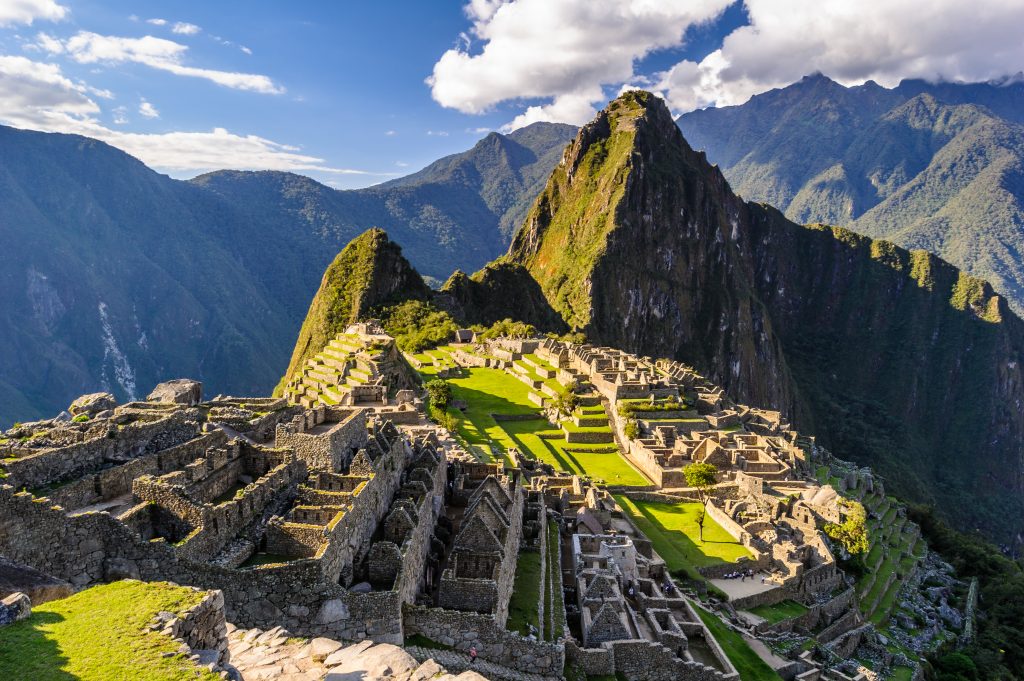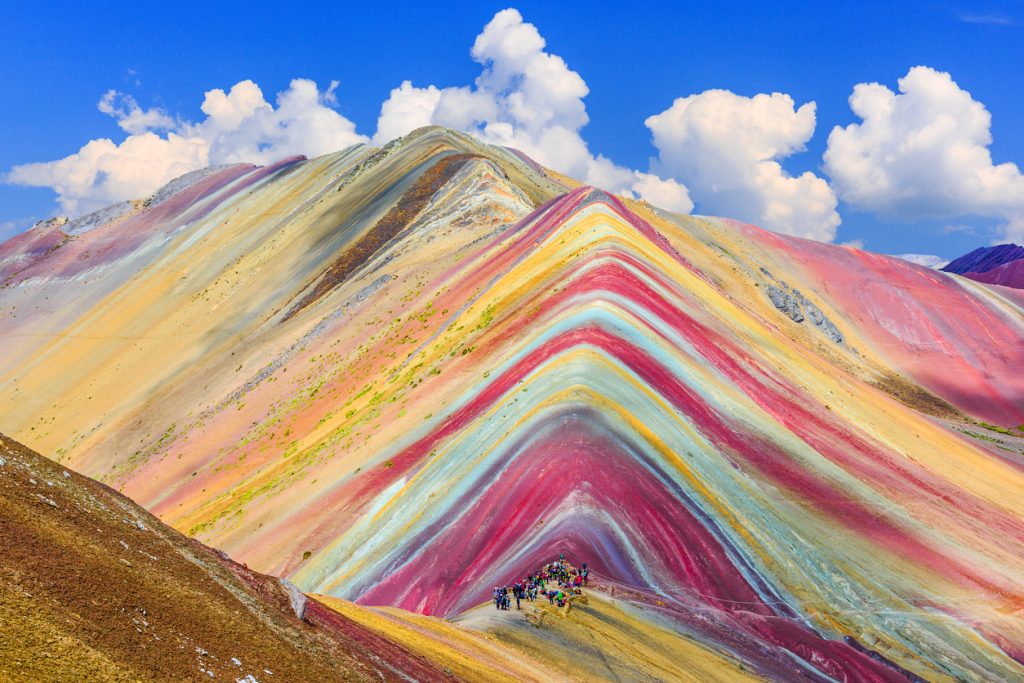We have discussed enough about overtoursim (or mass tourism) here in TE, but for those of you who are joining us for the first time, let’s go over the basics once again. Overtourism is when there is an unsustainable number of visitors at a particular destination, causing rising prices to pitch out locals, overcrowd roads and tourist landmarks, and cause harm to the fragile environments.
Here we’ll try to look at what we, as tourists/ travellers can do to prevent any harm to the environment. With reports like 3,000 kg of garbage collected from Mt. Everest; or Iceland, where tourists far outnumber the resident population, it is of utmost importance that we try to be responsible while travelling.
In a report by Backpacker and youth Tourism e-news, Justin Francis, CEO of the UK-based Responsible Travel believes that part of the problem is that the “ethos of travel” is changing. In the social media era, it’s now more about “where you want to be seen”.
“We all want those iconic pictures in the same iconic places,” he says. Due to this, we not only see a huge ecological impact but we also see travellers exploring these “Insta-famous” places unprepared. This has, in turn, led to more rescue missions (like at Norway’s picturesque Trolltunga “Troll’s Tongue” viewpoint) or tragic deaths of bloggers such as Grand Canyon tourist falls 1,000 feet to his death while taking photos.
Here we have compiled some basic reminders for you to travel responsibly during your travel plans:
Research thoroughly for your trip
This massive surge of tourism has not only led to environmental impacts but has also become the unfortunate cause of many tourist deaths due to them being unprepared. So it’s best to read up on your destination before you go. If it requires trekking, hiking or other outdoorsy-activities, try to be prepared accordingly: like carrying food items that can be consumed easily, reusable water bottles, correct medication, safety gear, etc.
Don’t litter

It is an unfortunate truth that many visitors have little care for the beautiful landscapes they rush to visit each year. These natural sites are regularly devastated by vehicles, garbage and human waste. Plastic waste is especially something that cannot be ignored, as it takes around 1000 years to disintegrate. Let’s just be responsible travellers and follow the practice to dispose of the garbage properly.
Plan your trip during the off-season
By doing so, you’ll not massive crowds at your favoured destinations and most importantly you’ll save money too! Visit the places outside of peak season so that the trip is more pleasant for you, less stressful for residents and puts less pressure on things like public transport.
Don’t mess with the sites
By scribbling on trees and rocks, or disrupting fragile habitats like age-old corals or moss, a lot of irresponsible tourists are not only showing disrespect, they are also harming these sites. For example: in Myanmar, some disrespectful tourists aren’t satisfied with the view of hot air balloons glide across the sky from the platform area of Pagodas. So, they climb up the ancient brick formations to the tip of the pagodas, which often crumble.
Several travellers have even lost their lives after plummeting from the top. As a tourist, it’s our duty to preserve these sacred cultural sites and we should take it seriously. If you are going on trips that require you to take special care of the environment, whether it is fragile, or for some other reason please follow these instructions carefully. Let’s not be selfish for our love of selfies.
Allocated Permits

To control the massive surge of tourists a lot of governments have decided to give a limited number of permits/ tickets. Follow these limitations for a pleasant trip to these cites which are trying to maintain their tourism while also keeping it sustainable. For example: In 2005, the Peruvian government placed a limit on the number of people allowed to hike the trail per season in Machu Picchu. It is also closed every February for cleaning and maintenance.
Gorilla tracking in Rwanda just allows eight permits per day. These permits are issued to track each gorilla family, and permit prices range from US $500-$750. With this measure, the forests remain intact, and gorilla numbers, which were once threatened, have increased substantially since the introduction of tourism.
Stay Local
Whenever you travel, try and ensure that as much of your cash stays as local as possible. Pay national park entrance fees to ensure your visit supports conservation; stay in locally owned guesthouses; eat at local restaurants and take tours with local guides.
Smaller Numbers

Large groups of tourists can cause untold damage to many popular, but sensitive natural environments, which are often unprepared for increased pressure from tourists. Increased numbers of visitors can be a great boon to the local communities, but increased footfall of people cars, and even horses can cause erosion or the crushing of plants and coral. Travelling responsibly, in smaller numbers, not only helps avoid overtourism, it will give you a greater connection with local people and with nature; a far more authentic holiday experience.
Congested roads
Look for public transport or see how locals usually travel instead of randomly renting cars or buses for your visit. For example in the island country of Bali setting of the famous ‘Eat Pray, Love’ suffers from “Traffic Jam Tourism”. The narrow roads of Bali have to accommodate a large number of tourists especially during Christmas-New year and any tourist visiting Bali would know that browsing the island is most easily done on a two-wheeler.
Don’t just stick to the famous spots
Try not to visit only the few tourist spots that are famous or well-known. They often see large numbers of tourists. These places could sure use a break from the hordes of tourists that visit, especially in the case of natural sites. Go explore on your own, learn about the culture and history of the whole place instead of just a few “Insta-famous” spots.
While we totally get how Instagram is fuelling the FOMO attitude, it’s much better to reduce the environmental footprints of your travels. Do let us know about your green travel experiences in the comments below!


